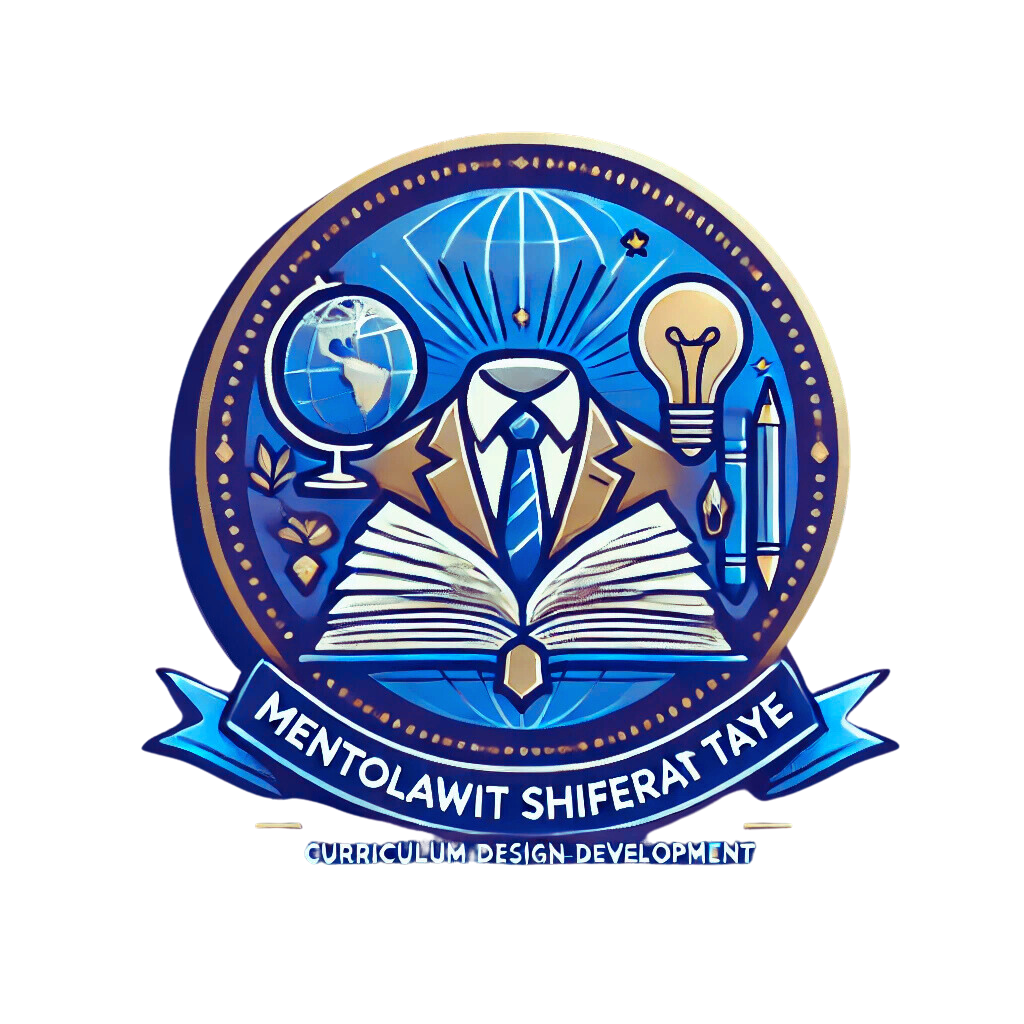IN THIS LESSON
We’ll identify the most common barriers teachers face when trying to integrate writing across subjects—like time constraints, grading overload, and uncertainty about “how” to teach writing in non-ELA classes.You’ll explore practical strategies to make writing manageable and meaningful without adding to your workload. From low-prep writing routines to flexible formats, we’ll look at how small shifts can have a big impact.
By the end of this lesson, you will:
✅ Recognize common barriers to using writing across content areas
✅ Discover low-prep strategies that fit into your existing routines
✅ Learn time-saving ways to assign, structure, and assess writing
✅ Reflect on your personal challenges and plan realistic next steps
✅ Download quick-use writing task banks and flexible format guides
Action Plan/Checklist
-
📰 Helpful Articles & Blog Posts
Why Writing Often Feels Hard to Teach – Edutopia
A practical look at why many teachers feel uncomfortable with writing instruction and how to shift that mindset.Low-Stakes Writing Builds Confidence – Cult of Pedagogy
Explores the value of frequent, informal writing as a learning tool across the curriculum.The Power of Writing Without Grading – Heinemann Blog
Discusses how removing grading pressure can lead to richer, more authentic student writing.
-
Use exit tickets as quick, low-prep reflective writing tools.
Recycle prompts across subjects by tweaking the context (e.g., “What did you learn today?” works in any class).
Stick with one writing routine for 2–3 weeks before layering in more complexity.
-
Google Forms – Great for collecting student reflections or quick writes.
Flip (formerly Flipgrid) – Have students share verbal responses or peer feedback.
Canva for Education – Create sentence stem visuals, writing choice boards, or scaffolded templates.
-
What is one way you’ve seen writing help a student clarify their thinking—even if it wasn’t a polished piece?

